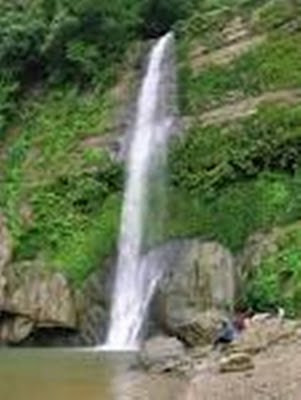Bangladesh is a land of rivers and natural beauty. Bangladesh is unique with the beauties and bounties of nature. There is no other country in the world which is as beautiful as Bangladesh. Bangladesh is always ready to say welcome to the admirable tourist to come and explore Bangladesh.
Bangladesh at a glance for the tourist: The official name of Bangladesh is “The People's Republic of Bangladesh”. It is an Independent and sovereign country in South Asia. The country is lying north of the Bay of Bengal. On land it borders India in the north and west and Myanmar in the southeast.
Bangladesh is subdivided into seven divisions. Every division has it’s own beautiful tourist spot. The seven divisions are:
· Dhaka Division
· Chittagong Division
· Khulna Division
· Sylhet Division
· Rajshahi Division
· Barishal Division
· Rangpur Division
It is a well-known South Asian country for its natural beauty hundreds of rivers, lakes surrounded by ever green hills, plentiful tropical rain forests, green tea gardens, world's largest mangrove forest and home of the Royal Bengal Tiger, world's longest natural sea beach, prehistoric Buddhist civilizations and colorful tribal lives and rich cultural heritage. Say in a word its look like a painted picture of a painter. For this reason Bangladesh has seldom been highlighted in the World's tourist maps. We think you’ll appreciate our culture and environment. These are not simply sight-seeing or pleasure trip but real-time learning experiences. Enjoy an ideal blend of adventure and exploration with comfort and relaxation. So, you may come and enjoy the beauty of this country.







